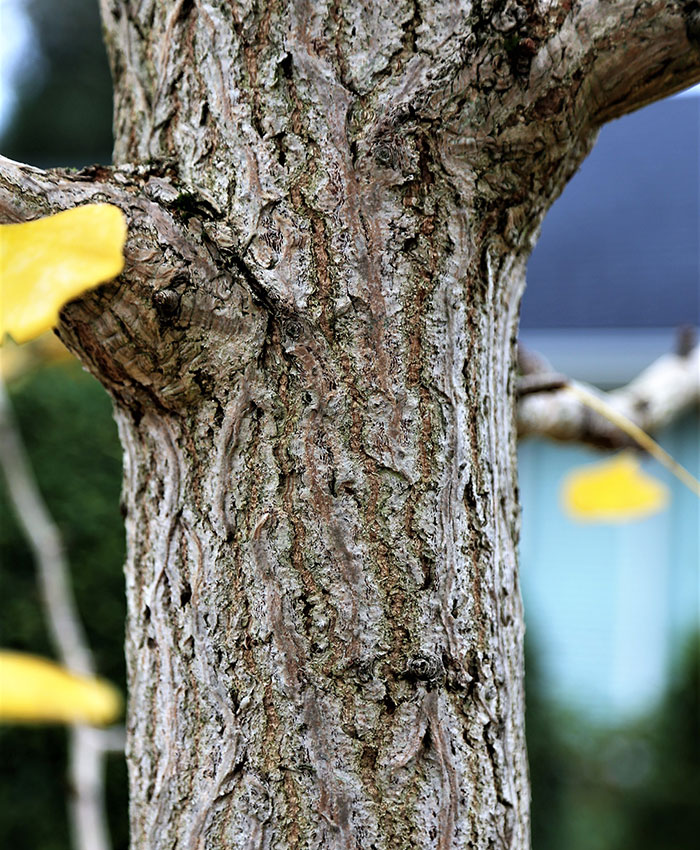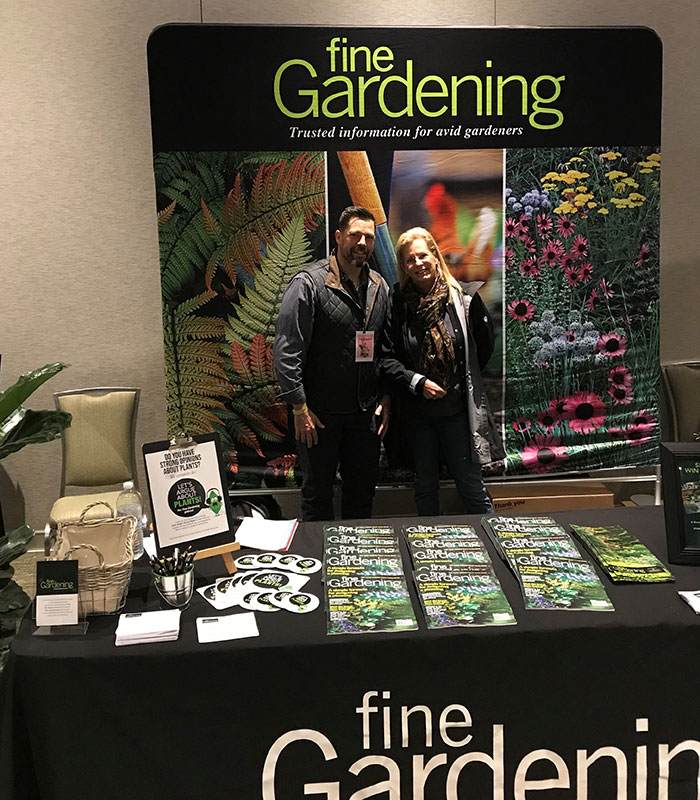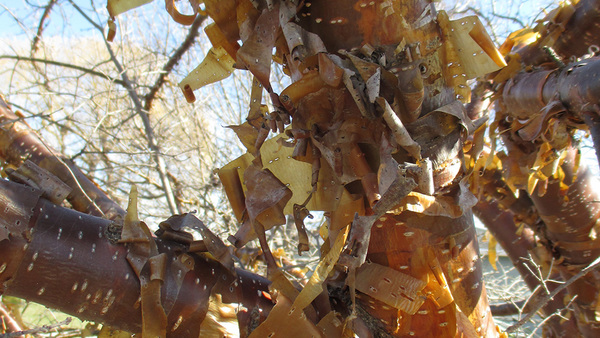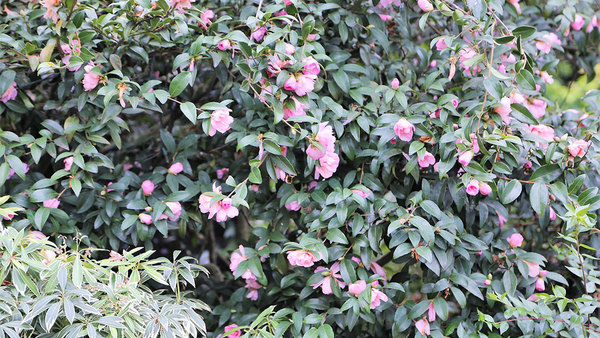
February is an in-between time in the garden, although there are still plenty of chores to keep up with. But when the weather is cooperative, we must take the time to enjoy our gardens and landscapes. Many of the early flowering plants and shrubs are finished blooming by now, and the late winter plants have not quite started. This is when I start to look around and enjoy other aspects of plants in the garden. The bark on many trees and shrubs has some very interesting patterns and colors and can create some wonderful additions to your garden. Here are some examples that you can enjoy this winter.
Learn more: How to Add Color to the Winter Garden
Crape Myrtle

The light and dark patterns on the bark of deciduous crape myrtles (Lagerstroemia spp. and cvs., Zones 6–9) add beautiful winter interest in typically bare garden spots this time of year. The alternating colors of tan and brown add a brightness to the winter garden. Crape myrtles look particularly attractive on dark winter days, with light reflecting off their shiny trunks, which often resemble paint-by-number sets. In autumn, crape myrtles have large, peeling, silvery brown bark. After this stage passes, beautiful winter bark appears. These trees are well adapted to all types of gardens. ‘Natchez’ crape myrtle (Lagerstroemia ‘Natchez’, Zones 6–9) and other crosses of Indian crape myrtle (Lagerstroemia indica, Zones 6–9) and Japanese crape myrtle (Lagerstroemia fauriei, Zones 6–9) are some of the hardiest hybrids in the Pacific Northwest. They can handle all types of soil except for standing water in winter.
Gingko

Another great choice for a deciduous tree in winter is gingko (Gingko biloba, Zones 3–8), with its beautiful bark patterns and coloration. The bark on gingko trees is a lovely silver and brown, with many cracks and fissures. On immature trees and new growth, the bark is smooth and tan in color, but as these trees mature, real winter beauty starts to show. Gingko trees look great with some lighting to accentuate their lovely bark patterns on dark winter days. They are extremely tough, urban trees and can handle all types of conditions, even urban pollution.
Twig Dogwoods

Twig dogwood (Cornus sericea and cvs., Zones 3–8) shrubs are often pruned in the coming weeks, typically to control size and encourage beautiful twig color. ‘Flaviramea’ yellow twig dogwood (Cornus sericea ‘Flaviramea’, Zones 3–8) and other twig dogwoods are great examples of striking winter color, which ranges from bright, school bus yellow to orange, red, and even almost black. I find the darker colors tend to disappear in our usually nonsnowy winters. By contrast, the bright yellow and orange varieties really stand out in our gray winter gardens. These plants are great in soggy-to-wet winter areas of your garden. You’ve probably noticed that they are frequently used in rain gardens and bioswales.
I encourage you to take a winter walk in your neighborhood or local park to see the beauty of winter in the garden. There are many more trees and shrubs that look great this time of year. I hope you’ll be inspired to try some of the ones mentioned above or to find your own favorites.

Finally, if you are looking for something to get your horticultural blood flowing at the end of February, look no further than the 2020 Northwest Flower and Garden Festival, the second-largest flower and garden show in the United States. It is running from February 26 until March 1, 2020, at the Washington State Convention Center in Seattle. Tickets are available online or at the door. There are well-crafted display gardens, daily seminars, and excellent plant vendors. Make sure to visit the Fine Gardening folks next to the Rainier Room located on the seminar floor. I’ll also be on the seminar floor, attending the show all week to get ready for spring!
—Jason Jorgensen is a landscape designer in Seattle.
Fine Gardening Recommended Products

DeWalt Variable-Speed Cordless Reciprocating Saw with 6-Piece Saw Blade Set
Fine Gardening receives a commission for items purchased through links on this site, including Amazon Associates and other affiliate advertising programs.
- 18.31 x 6.13 x 4 inches
- 1-1/8-inch stroke length
- Variable speed trigger with 0-3000 spm
- DW4856 Metal/Woodcutting Reciprocating Saw Blade Set, 6-Piece

Gardener's Supply Company Summerweight Fabric Plant Cover
Fine Gardening receives a commission for items purchased through links on this site, including Amazon Associates and other affiliate advertising programs.

DeWalt Variable-Speed Cordless Reciprocating Saw
Fine Gardening receives a commission for items purchased through links on this site, including Amazon Associates and other affiliate advertising programs.
- 18.31 x 6.13 x 4 inches
- 1-1/8-inch stroke length
- Variable speed trigger with 0-3000 spm



















Comments
Log in or create an account to post a comment.
Sign up Log in